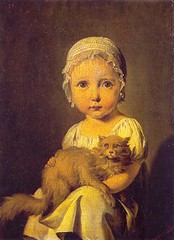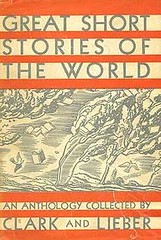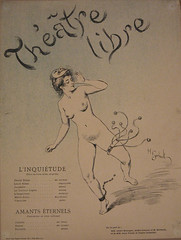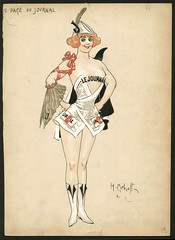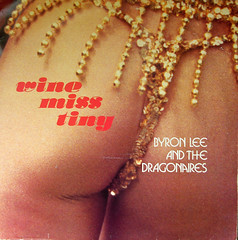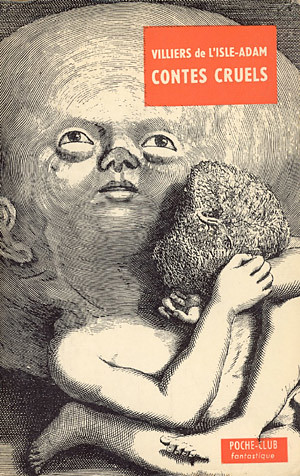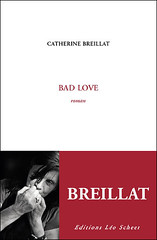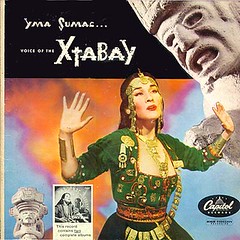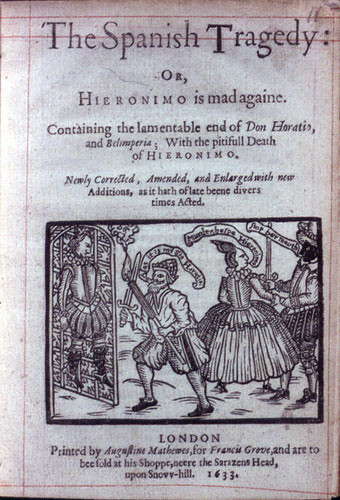Girl with kitten says: happy birthday Ennio. (2008)
Mondo Morricone is a series of three CDs featuring original music by Ennio Morricone taken from cult Italian movies (1968-72). Cult Italian films include Spaghetti Westerns and giallo films such as What Have You Done to Solange?.
Mondo Morricone (1996) – Ennio Morricone [Amazon.com] [FR] [DE] [UK]
More Mondo Morricone (1996) – Ennio Morricone [Amazon.com] [FR] [DE] [UK]
Molto Mondo Morricone – Ennio Morricone [Amazon.com] [FR] [DE] [UK]
Ennio Morricone (born November 10, 1928; sometimes also credited as Dan Savio or Leo Nichols) is an Italian composer especially noted for his film scores. He has composed and arranged scores for more than 400 film and television productions, more than any other composer living or deceased. He is best known for the characteristic sparse and memorable soundtracks of Sergio Leone‘s spaghetti westerns A Fistful of Dollars (1964), For a Few Dollars More (1965), The Good, the Bad and the Ugly (1966) and Once Upon a Time in the West (1968), immediately recognizable due to Alessandro Alessandroni‘s whistling.

